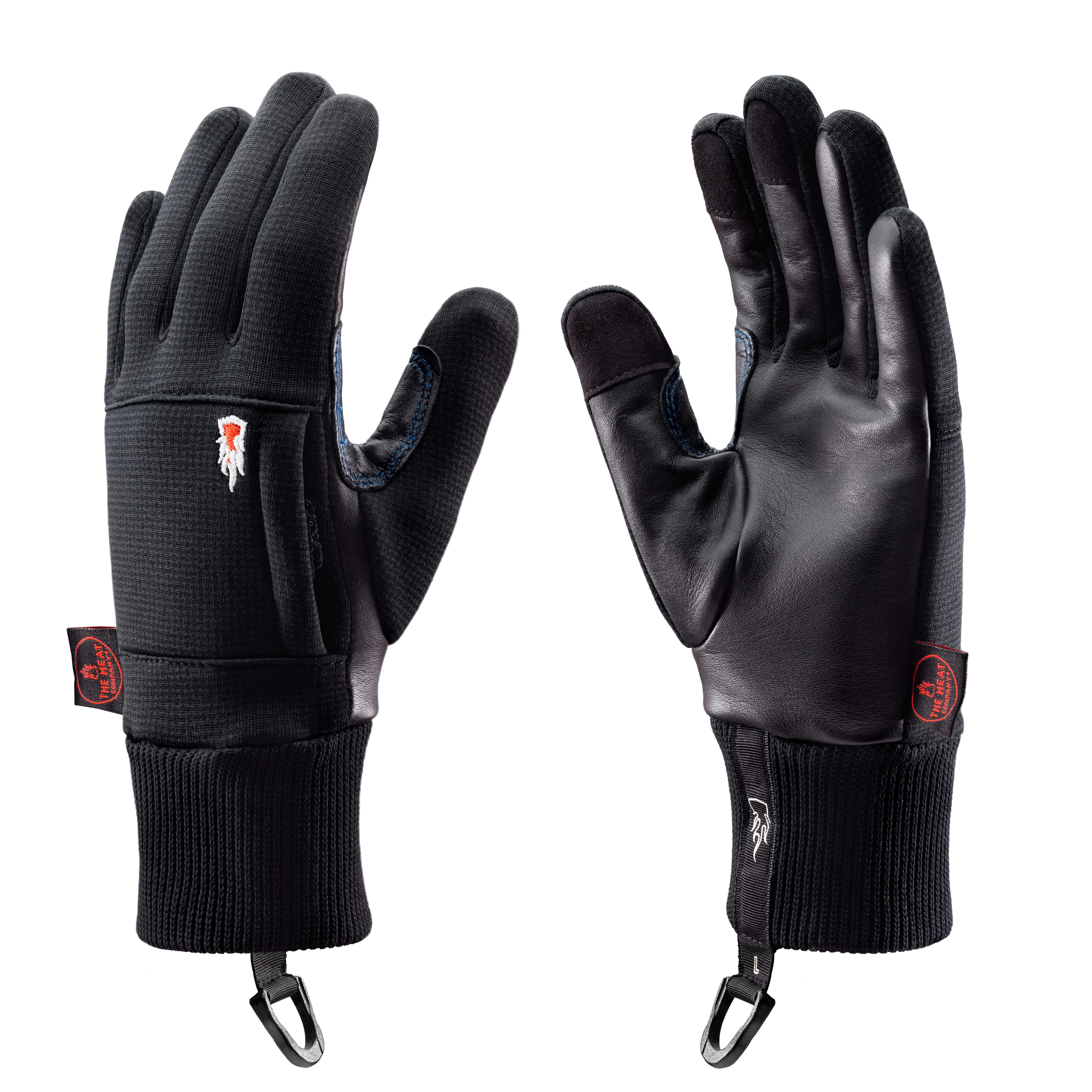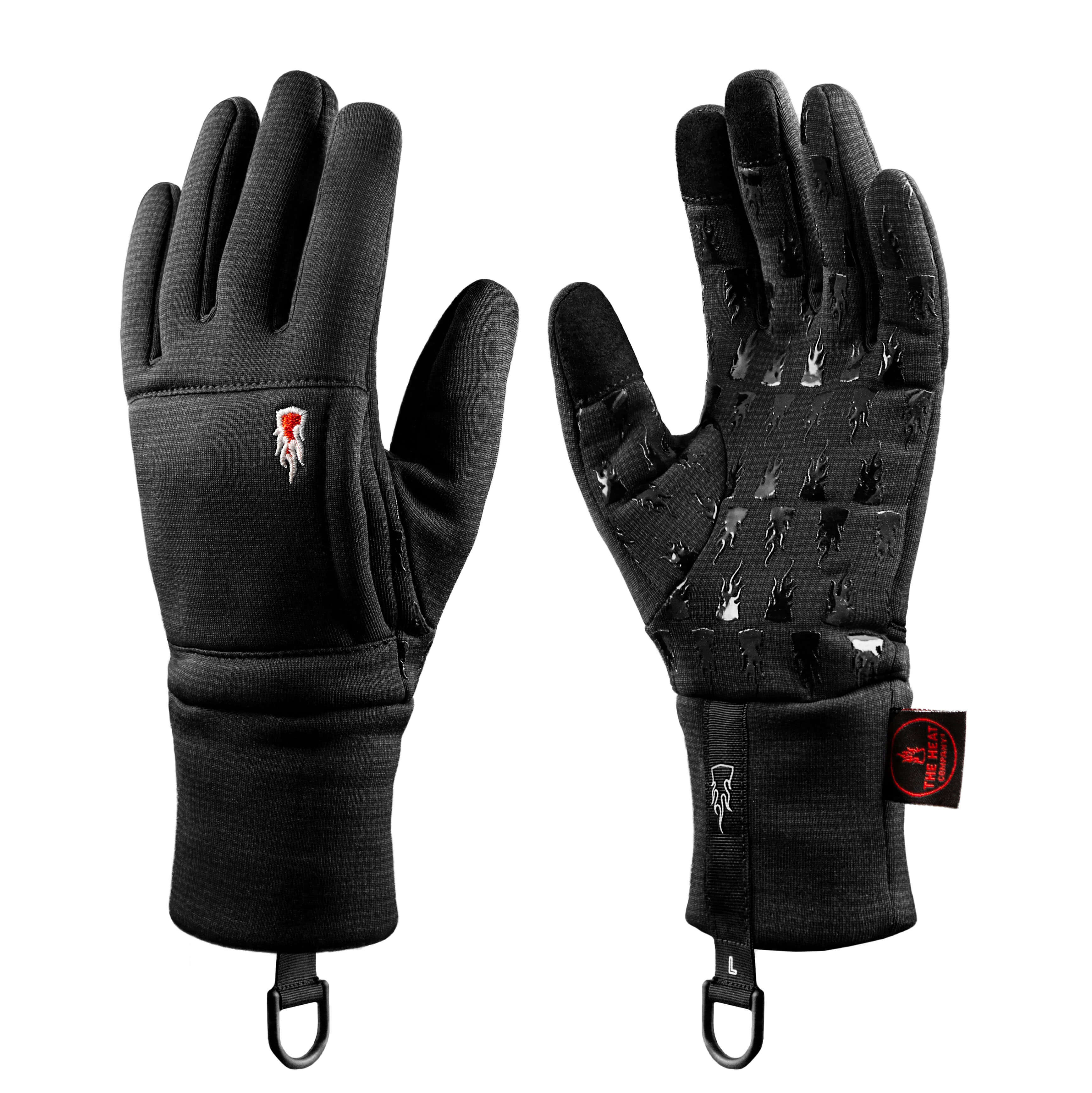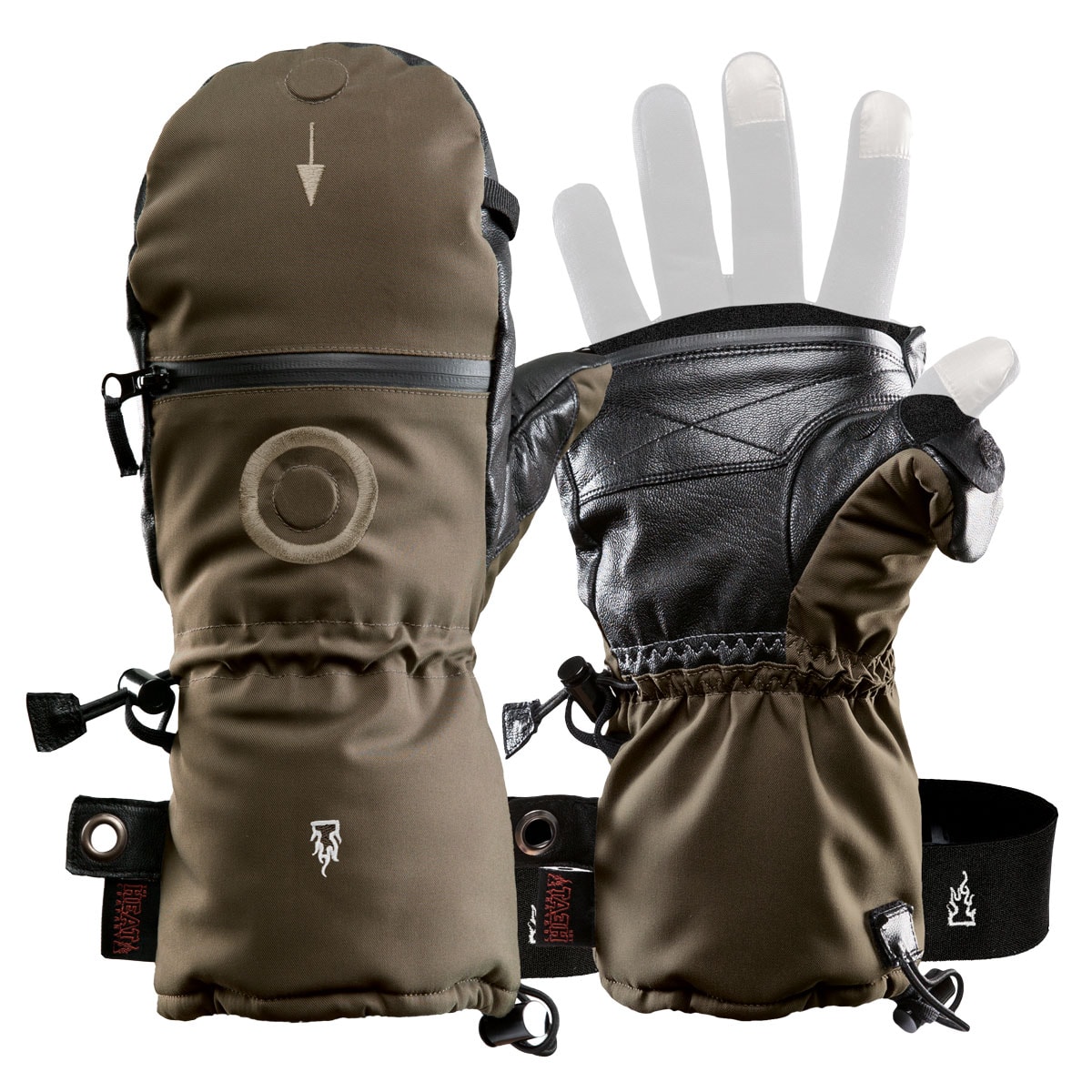Photographing Arctic Foxes in Iceland
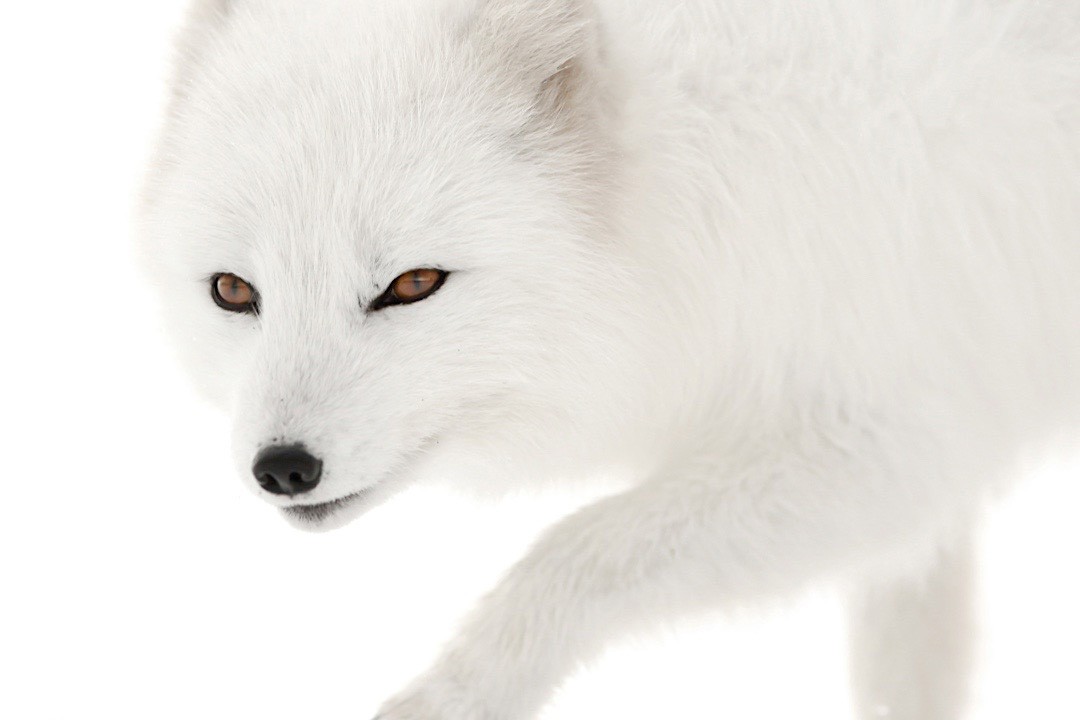
Ten years ago, Phil moved to Iceland to study and photograph the Arctic fox. His approach is not only artistic and photographic, but also scientific. He works with the Nature Institute of Iceland to document the foxes' behaviour. He also offers photo tours for photographers from around the world to enable respectful encounters with this elusive species.
Phil's Photo Trip to Iceland
My love story with Arctic foxes started in 2012, when I visited Iceland for the first time. As a wildlife photographer, I decided to spend some time of my holidays looking for some iconic species of Iceland. The Arctic fox was of course on my list. Born and raised in the French Pyrenees mountains, I had multiple encounters with red foxes. I thought that Arctic Foxes would be similar but I immediately found out that photographing an Arctic fox was a totally different story.
Iceland: Magnificent Landscapes and Endless Open Spaces - a Challenge
Iceland has huge open areas, no real forests and very few food resources for year-long residents like the Arctic fox. Hence, each fox (or couple) must have a huge territory in order to find enough food to survive the harsh Arctic winter. Finding a small and very well camouflaged fox in 20 square kilometres of raw land is quite a challenge. I quickly realized that it would involve a lot of time on the field. But also, I like challenges.
Getting to Know the Terrain
Two years later I moved to Iceland to document and photograph Icelandic Arctic Foxes for the Nature Institute of Iceland. However, the first years are extremely frustrating. I spend weeks on the field without seeing a clue of a fox. I talk to farmers and hunters, but nobody is able to give me any reliable help. I meet my very first fox, running in the moors hundreds of meters away. Then some random ones also running away. Finally, a closer encounter with a fox appearing out of the fog just some meters away from me. My knowledge of the terrain and of the foxes’ habits keep growing and I start to see them more regularly. I find out that they are very shy in some areas and more relaxed in others.
Expert Fact: Do All Arctic Foxes Turn White in Winter?
Not all arctic foxes don’t turn white in winter, even if many people think so. Only the foxes of the white morph (who have a special gene combination) turn white from October to April. The rest of them (called blue morph) stay in a brown fur all year long. In Iceland, only 40% are white morph foxes, the rest is of the blue morph.
The Best Tips for Arctic Fox - Photography
Don't Look for the Fox Den
As a photographer, you would think that the best place to photograph a species is the place where it lives. As for many other animals, the den is the central point of the fox's territory. However, the fox den is only a shelter for the cubs during springtime and therefore an area they must defend. The foxes get extremely stressed when you get closer to their den, especially when they have cubs. They don’t want to see people on the paths to their den. Lesson learned, if you want to get friend with a fox, don’t approach his den.
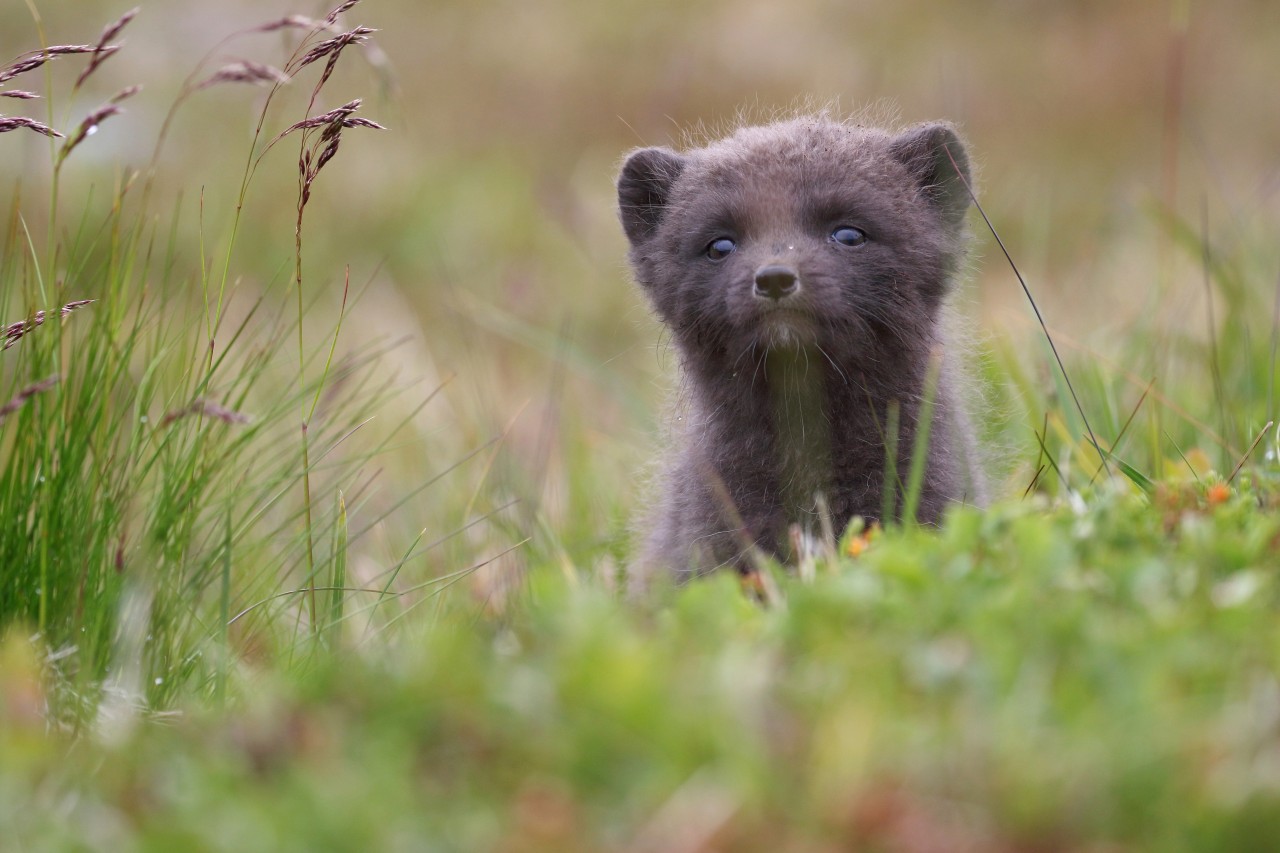
Going Where the Food Is
Instead of the den, you can concentrate on areas where the foxes are looking for food. These are the seabirds’ cliffs areas, the beaches, and the nesting grounds of the passerines and waders. Those spots are much easier to find than a den and good to photograph the foxes without disturbing. The foxes will be more relaxed there. If you spot a fox hunting, try to photograph him during his hunt. But if he is carrying food, don’t follow him because he’s never going to lead you to his cubs. You will just force him to make a long detour to get rid of you or to hide his prey in a place where it may be stolen by another animal.
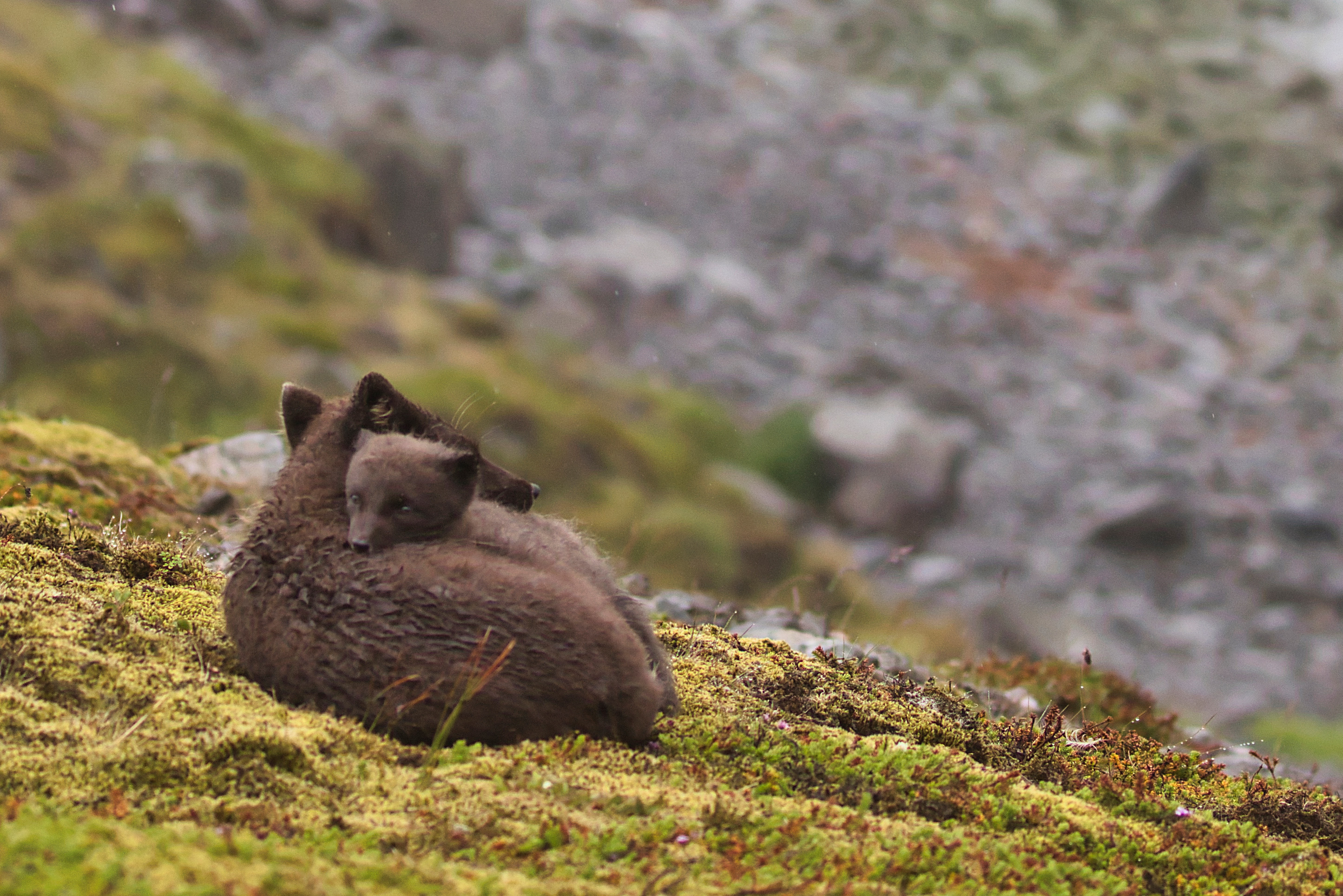
Never Use Baits in Order to Get a Photo
Never use baits or feed the foxes in any way for a picture. This will lead the young foxes to not learn how to find food properly by themselves. Foxes who get fed during summer will likely die in the next winter.
Bring Binoculars and Long Focal Lengths
Be a passive observer, use binoculars and long focal lenses to stay at a distance. The foxes are curious by nature and they will eventually approach you and check you out if you are in an area that they consider safe. Leave the foxes enough space so they can live peacefully and show you their most interesting behaviour.
Why Winter Is the Best Time for a Wildlife Photographer
Winter is a great period to photograph the Arctic foxes. They are more relaxed and their activity is reduced a lot because they must save energy, as there is not much food. The end of winter (February-March) is also the time for mating so they will have to show off and control their territory. They become louder and males can get into fights and territorial behaviours. The foxes` fur is fluffier and the landscape is beautifully covered in snow. Winter is simply an amazing time for photography!
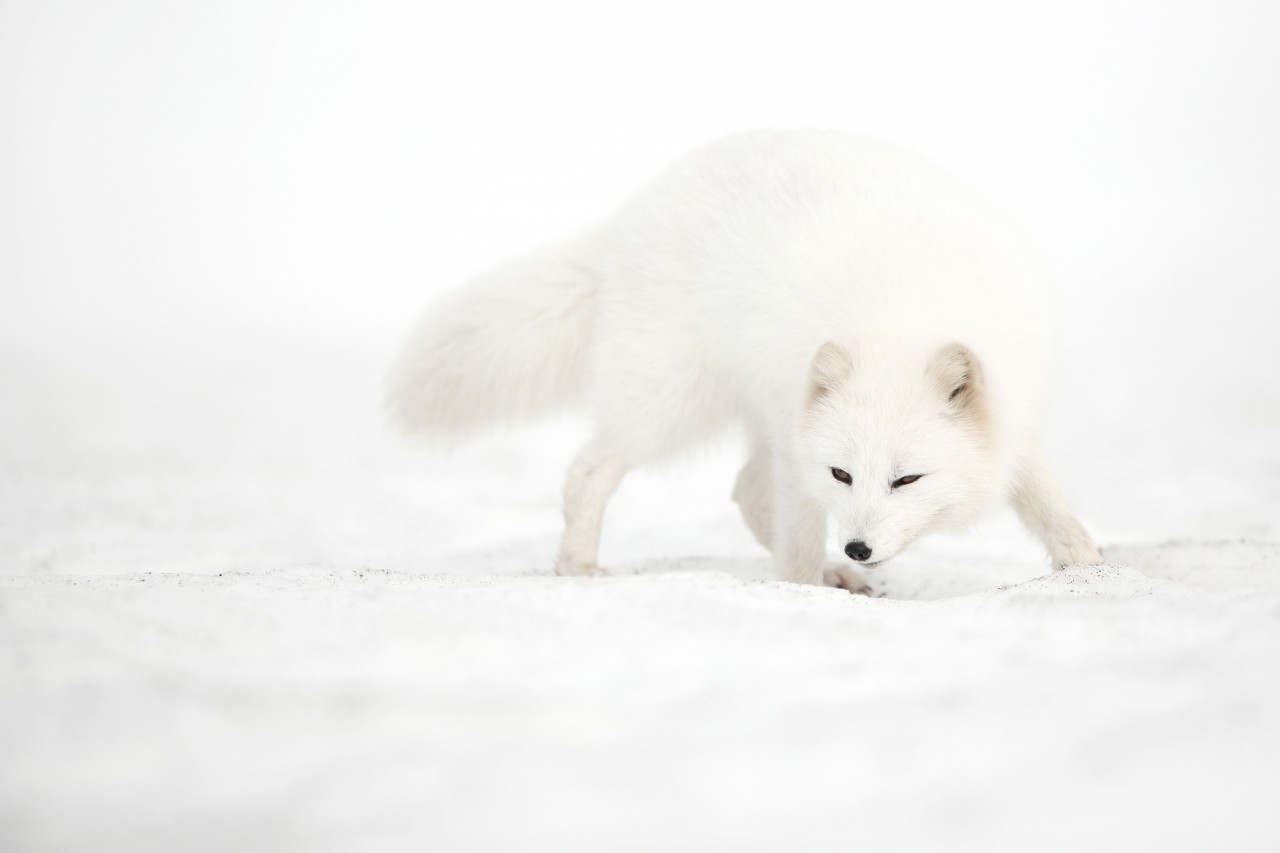
Bring Photography Gloves for Your Arctic Fox Photo Adventure
Like the foxes, the photographer must be prepared to survive the Arctic weather. Warm gloves, boots and clothing are of course a must. They must be chosen for their warmth first but also breathability because you will probably hike a lot in order to find the fox. It’s therefore good to have equipment that can be worn in layers like the HEAT LAYER GLOVE SYSTEM that adapts to the different weather conditions and to the hiking and standing still periods. Iceland being a quite exposed country, your clothing must also protect you from the possible rain and snow. Your head, feet and hands are particularly vulnerable and must be comfortably covered. In particularly cold conditions, I found that insole warmers for warm feet and hand warmers for gloves or jacket pockets have proven to be an additional source of warmth to keep fingers warm and flexible.
The gloves are a crucial piece of equipment as you need your hands warm and protected but also ready for action. My gloves from THE HEAT COMPANY are a combination of an inner liner for warmth and comfort and a shell mitten glove for protection. While the inner finger glove offers comfort and warmth, the outside shell protects from the elements, which can be zipped open to let the fingers out to access the buttons of the camera more easily. All gloves have extra pockets where you can insert a hand warmer to keep your fingers warm and ready to work at any time. The warmers are natural products that react with the oxygen and produce heat for 12 hours, which is far enough as the days are short in winter. They often end their day in my sleeping bag where they are still active when I go to sleep. In the mid-season and throughout the summer, I still carry the WIND PRO LINER gloves , that are a great protection to the freezing wind that can appear at any time.
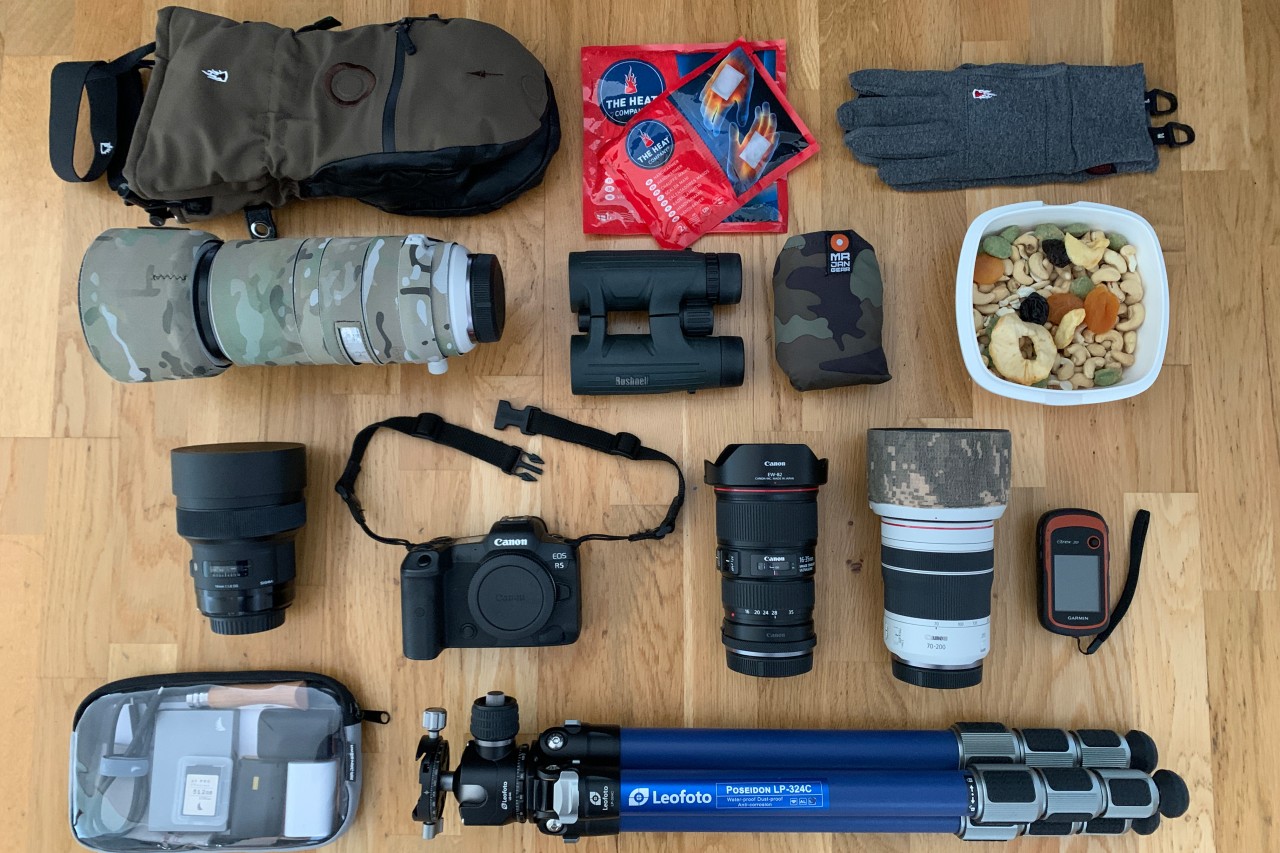
The Right Gear for Your Arctic Fox Adventure
In this section you will find everything you need to take with you on your trip to photograph arctic foxes in Iceland.
Camera
It’s now two years I am shooting with a mirrorless camera system, the Canon R5. It is a great camera as it’s light, has lots of pixels to crop from and has an amazing autofocus system that follows the eye of the subject. This works well with foxes, as the system is trained to work on pets and specially dogs, which have lots of similar features with foxes. This has been a game changer for the ratio of sharp images you can get from a fox running around.
Lenses
As for the lenses, I have been using a 2.8/300 for a long time but recently went on a lighter option with a 100-500mm Canon RF zoom. To be honest I’m missing the large aperture for the soft blurry backgrounds, but my back enjoys the lighter backpack, especially when it’s filled with a tent, sleeping bag and food for a week.
I sometimes also carry an RF 70-200mm for pictures of landscapes or fox in its environment, and a Sigma 1,8/14mm for Northern lights in the fall and wintertime.
Batteries, Multi Warmer and Raincoat for the Lenses
Accessories are also very important. I always take 2 batteries and the multi warmer per shooting day on the field and never go without a raincoat for my longer lens. It is useful at any time of the year as it’s quite rare in Iceland to see a full day without rain, fog or snow.
Extra Winter Tip No. 1: Use a Warming Pad for Your Extra Batteries
An extra winter tip I can give you, is to use a multi warmer in the backpack, not too far from where you store your extra batteries. The multi warmer is a warming pad that prevents them from discharging when the temperature goes below zero. Don’t put the batteries directly in contact to the heating pad though, as those things can get really warm!
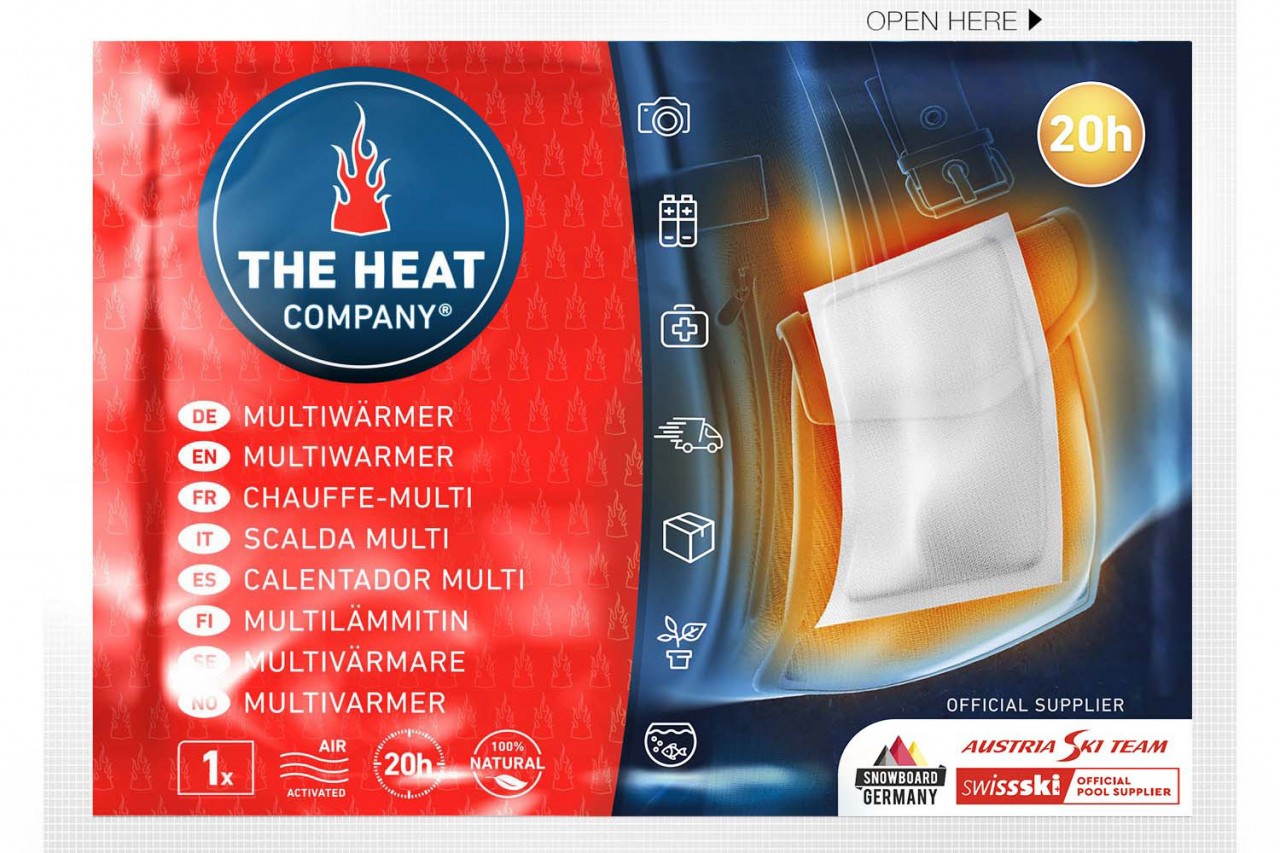
Binoculars
Finally, I always have my binoculars with me. All the time I spend watching with my binoculars proves to be more efficient for the photographic results than the time I spend with the camera in hand. The foxes are extremely clever and can trick men very easily. Getting to know the species, understanding it and earning their confidence with time is the only key to getting good pictures.
Extra Winter Tip No. 2: How Dried Nuts and Fruits Can Help You in Winter
Another thing I learnt from my Icelandic friend Ester who studies the foxes with me is to always carry a box of dried nuts and fruits. When you have to stay still for hours in the cold waiting for the foxes to show up, or searching through immensities with your binoculars, just eat some nuts every 5 minutes to keep your digestion system running. This will naturally warm up your body and won’t make you fat as the calories are immediately burned.
Arctic Fox Photo Tours with Phil in Iceland
Phil offers photography tours for Arctic foxes and Icelandic birds in summer and winter. He will take you to the best places and shares his knowledge about the animals and the best way to photograph them in an ethical way, without disturbing them or putting their life at risk.
Check out the photography tours at www.explographe.com
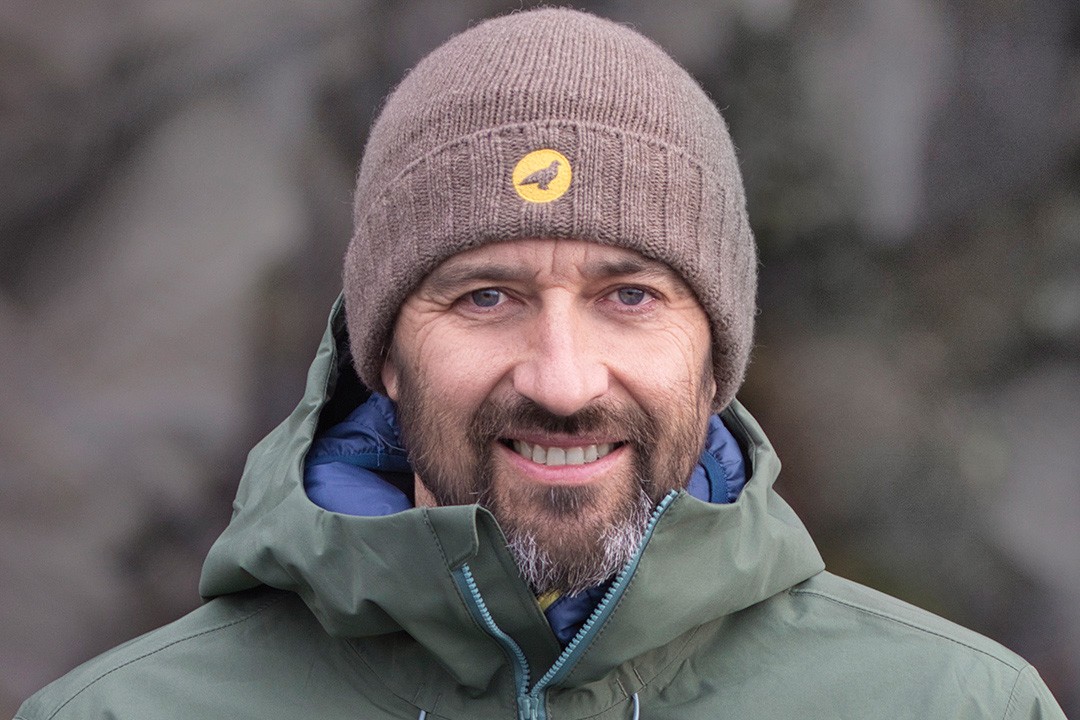
About the Author:
Phil Garcia is a French professional photographer living in the Westfjords of Iceland, the most remote region of the country. During the last 10 years, he has been involved in scientific studies conducted by the Nature institute of Iceland and has extensively documented the harsh life of the Arctic fox (Vulpes lagopus) and other species in Iceland. He published 2 photography books about the Arctic fox of Iceland and participated in the making of several documentaries broadcasted on Arte or BBC.






